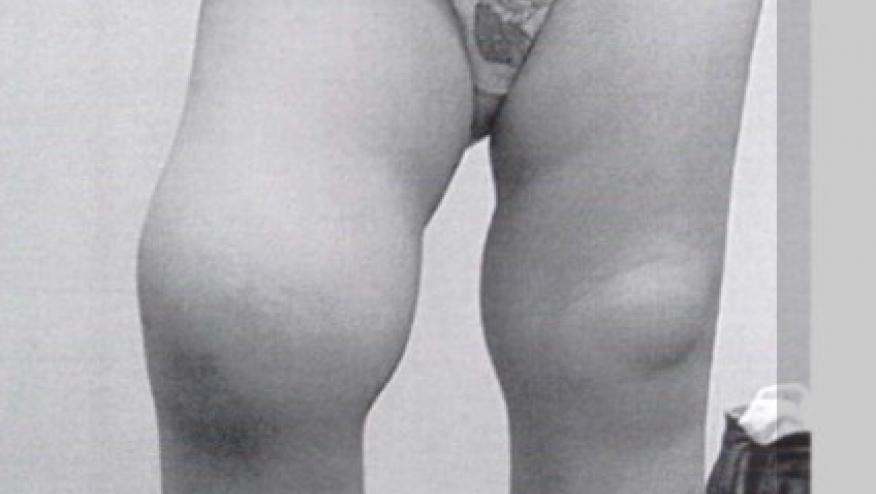Golimumab Fails in Polyarticular Juvenile Arthritis Save

Treatment options for children with active polyarticular juvenile idiopathic arthritis (polyJIA) have lagged behind that seen with adult rheumatoid arthritis. Excluding new biosimilar indications, there are 9 currently approved biologics for adult RA, but only 5 of these have been approved for use in polyarticular JIA (pJIA) - abatacept, tocilizumab, etanercept, infliximab, and adalimumab.
The efficacy and safety of golimumab (GOL) was assessed in 173 pJIA patients who received open-label GOL (30 mg/m2) every 4 weeks with weekly methotrexate for 16 weeks. Patients achivieving a JIA ACR30 by week 16 were randomized to blinded treatment with either continued golimumab or placebo. The primary outcome was JIA flares rates after week 16.
By week 16, the JIA ACR30/50/70/90 responses were 89%, 79.2%, 65.9% and 36.4% respectively.
However after blinded randomization, a flare difference (the primary endpoint) did not distinguish between treatment groups by week 48. The JIA flare rates between golimumab and placebo was 41% (GOL) and 47% (PBO). and clinical remissions were also comparable (12.8% vs 11.8%, respectively.
No significant differences in adverse events or serious adverse event rates were seen between groups.
Although under blinded conditions, GOL and placebo responses were similar. These disappointing results are contrasted by high level (66% JIA ACR70) responses with open-label golimumab in active polyJIA.
There were several potential problems with trial design, including the long-half life of GOL that may hinders its performance in a double-blind withdrawal style trial. Moreover the trial homogeneity was hampered by inclusion of a wide range of ages (ages 2–17 years) and all types of JIA RF positive or negative polyarticular, extended oligoarticular JIA, systemic JIA, juvenile psoriatic arthritis). Many of these patients did not have elevated ESR or C-reactive protein values at entry and nearly 10% of patients had previously been treated with a TNF inhibitor.









If you are a health practitioner, you may Login/Register to comment.
Due to the nature of these comment forums, only health practitioners are allowed to comment at this time.